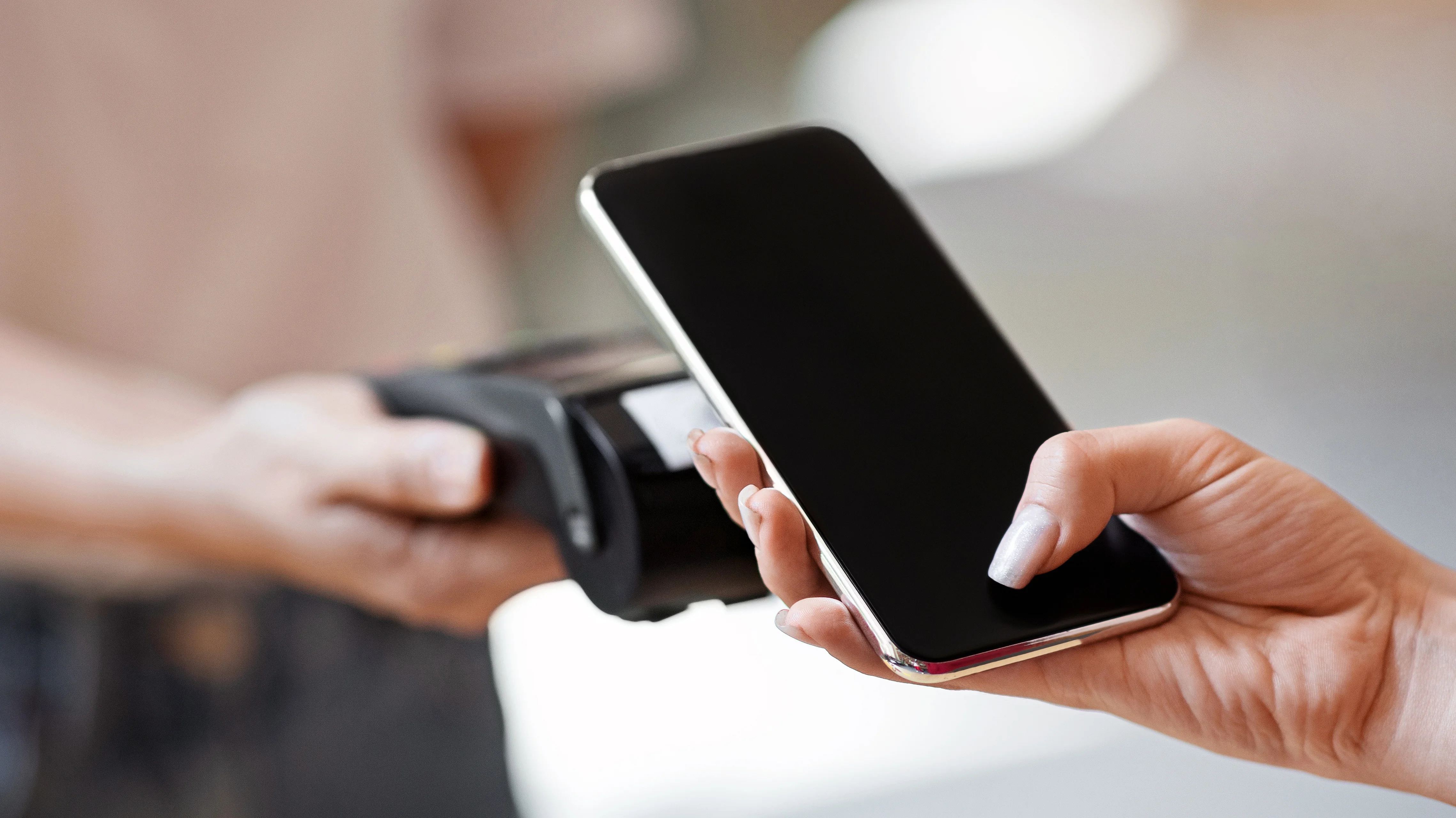Swiss Payment Monitor – Growth in mobile payments slows
Mobile payments are continuing to strengthen their leading position among all payment methods in Switzerland, but growth in terms of the number of transactions is slower than before, according to the latest Swiss Payment Monitor published by the University of St.Gallen and ZHAW.

Mobile devices such as mobile phones, tablets and smartwatches are the most commonly used payment methods in Switzerland. In terms of the total number of transactions, this means the following compared to the survey conducted six months ago:
1. Mobile devices: 31.3% (+0.6 percentage points)
2. Debit cards (non-mobile use): 24.4% (unchanged)
3. Cash payments: 24.4% (+0.2 percentage points)
These are the findings of the 13th Swiss Payment Monitor published by the Center for Financial Services Innovation at the University of St.Gallen and the ZHAW School of Management and Law. The survey was conducted in April and May 2025 among 1,653 people throughout Switzerland.
Cash is the most common form of payment in shops
If only payments made on site, i.e. in shops, are considered, cash remains the most common means of payment, just ahead of debit cards:
1. Cash: 28.1% (-0.1 percentage points)
2. Debit card (non-mobile use): 27.8% (-0.2 percentage points)
3. Mobile devices: 25.2% (+0.8 percentage points)
The latter includes Twint payments, which are usually debited directly from the ac-count, as well as payments made using mobile wallets such as Apple Pay, Samsung Pay or Google Pay, which are linked to a debit or credit card. The use of physical credit cards accounts for 14.9% (-1.2 percentage points) of payments made in-store.
The primary change with credit cards is in the type of use
A further breakdown by the settlement product of a payment made in-store reveals the following distinction: After debit cards with 33.3% (-0.4 percentage points) and cash with 28.1% (-0.1 percentage points), credit cards rank third with 22.4% (un-changed). Mobile applications such as Twint, which are debited directly from the ac-count, rank fourth with 11.3% (-0.3 percentage points).
For on-site payments, non-mobile credit card use has lost ground, while the share of credit cards as a payment product has remained unchanged. “This points to a change in behaviour – away from physical credit cards and towards increased pay-ments using mobile wallets, in which credit cards are stored,” says ZHAW payment expert Marcel Stadelmann.
One in six people do not carry cash
At 16.9%, the proportion of respondents who do not usually carry cash in their wal-lets has reached a new high since the survey began in 2018. At the same time, the proportion of the population that is critical of abolishing cash has also reached a new high of 70.9%. “This shows that cash is becoming less important as an everyday means of payment for a growing proportion of the population but is still valued as an available alternative and a store of value,” explains Tobias Trütsch, payment econo-mist at the University of St.Gallen.
Swiss Payment Monitor
The Swiss Payment Monitor is published every six months to provide a timely over-view of developments in the payment behaviour of the Swiss population. It was first published in 2018 and is based on representative survey data from an online and diary survey as well as public data from the Swiss National Bank. From the end of April to mid-May 2025, 1,653 people aged 18 and over from all three parts of the country were surveyed in a representative sample about their payment habits and attitudes towards new means of payment. The Swiss Payment Monitor is published by the Swiss Payment Behaviour Lab at the University of St.Gallen and the Swiss Payment Research Centre at the ZHAW School of Management and Law. The study is financed by the two research institutions, the Swiss Payment Association (industry organisation of all major Swiss issuers of credit cards belonging to international card organisations) and industry partners Nexi and Worldline.
Contact
- Dr Tobias Trütsch, Managing Director, Center for Financial Services Innovation, University of St.Gallen, +41 71 224 71 55, tobias.truetsch@unisg.ch
- Dr Marcel Stadelmann, Senior Researcher, ZHAW School of Management and Law, +41 58 934 46 46, marcel.stadelmann@zhaw.ch